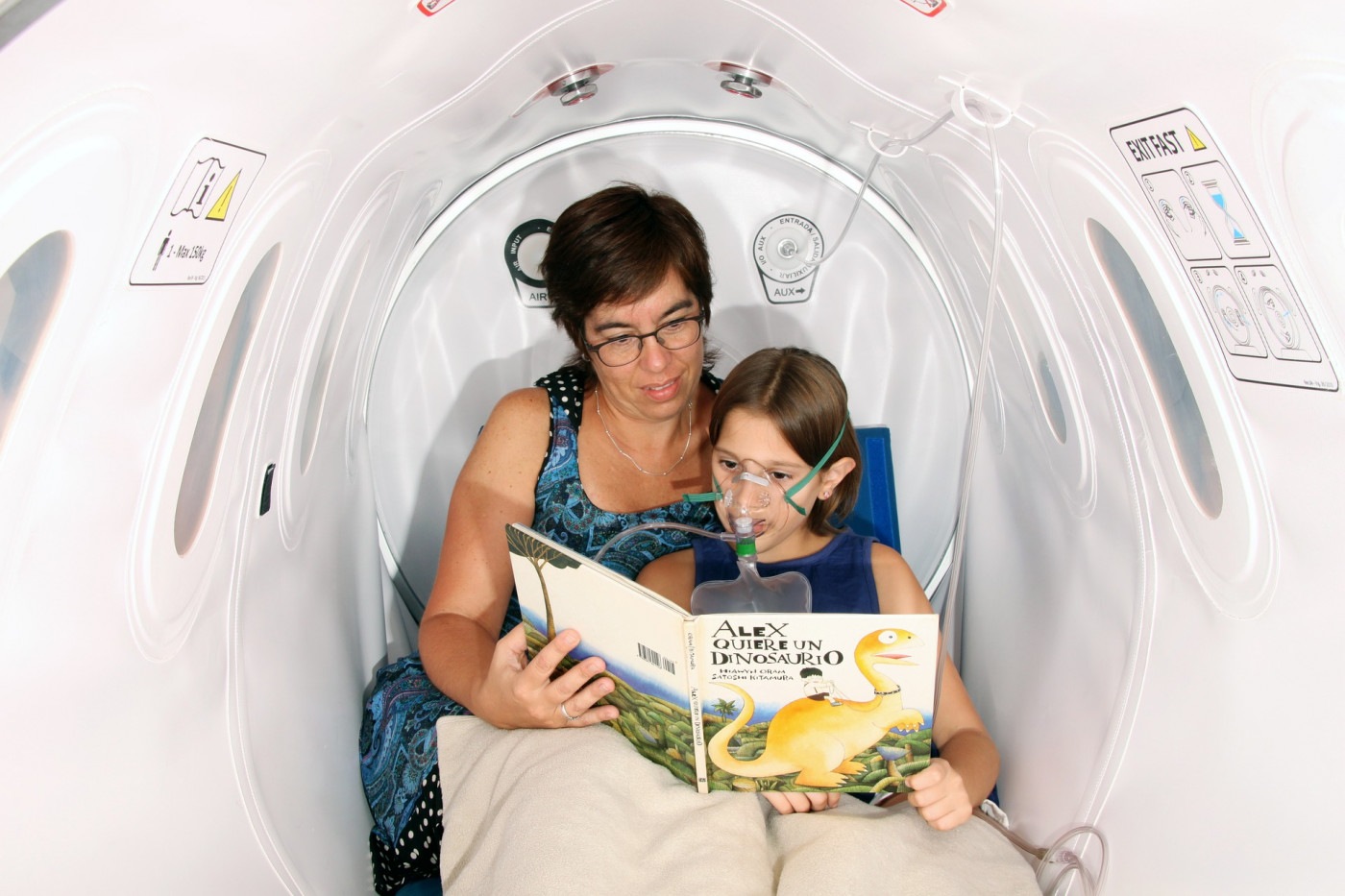Group Publishes Guidelines for Home Oxygen Therapy Use in Children
Written by |

The American Thoracic Society (ATS) recommends the use of home oxygen therapy in children with cystic fibrosis (CF) who have mild or severely reduced oxygen saturation, according to the most recent guidelines.
ATS clinical guidelines for home oxygen therapy use in pediatric patients with lung and pulmonary vascular diseases were published in the American Journal of Respiratory and Critical Care Medicine. The study is titled “Home Oxygen Therapy for Children: An Official American Thoracic Society Clinical Practice Guideline.”
Home oxygen therapy (HOT) is often required to treat children with chronic respiratory conditions by addressing physiologic and metabolic impairments induced by illness. Reduced levels of blood oxygenation (hypoxemia), as measured by pulse oximetry (SpO2) less than 90%, can be damaging to body tissues and organs, and induce the production and accumulation of potentially toxic stress compounds.
Untreated hypoxemia can led to serious changes in pulmonary blood vessels and alteration of sleep patterns. It can also contribute to adverse cognitive and behavioral outcomes, and growth impairment.
Enabling a child to receive the treatment at home can provide important psychological advantages, including close contact with family and reduced healthcare costs compared with hospitalization. However, children have significantly different pulmonary physiology from adults, needing additional care to achieve optimal lung growth and development.
Ask questions and share your knowledge of Cystic Fibrosis in our forums.
ATS gathered 22 experts in pediatric and neonatal medicine, respiratory therapy, nursing, and population health, as well as parents, to review available clinical evidence and use it to design new recommendations for the use of HOT in children with chronic respiratory diseases.
The review panel provided evidence-based clinical guidelines for HOT in children with CF, bronchopulmonary dysplasia, sleep disturbed breathing, sickle cell disease, pulmonary hypertension with and without congenital heart disease, and interstitial lung disease.
“These guidelines, developed by a panel of highly respected experts, offer an evidence-based approach to using home oxygen to benefit pediatric patients,” Don Hayes Jr., MD, medical director of the Advanced Lung Disease Program at Nationwide Children’s Hospital in Columbus, Ohio, and co-chair of the working group organized by the ATS Assembly on Pediatrics, said in a press release.
Upon analysis of some 952 published studies, the team reported that there are no studies directly comparing the use of home oxygen with no oxygen therapy in children with CF complicated by chronic hypoxemia. The lack of such a study is probably due to the risk it would represent to the control group (no oxygen therapy) and the ethical responsibility to provide proper and safe interventions to all study participants.
Despite the lack of direct evidence, the panel used data collected from eight studies that indirectly evaluated the impact of oxygen treatment in children with CF.
They found that short-term oxygen use can improve children’s physical capacity by increasing exercise duration and post-exercise oxygen saturation, and reducing oxygen desaturation during exercise. This treatment could also improve oxygen saturation during sleep, and reduce sleep latency.
“Despite having very low confidence in the estimated effects, the panel was certain that the benefits of HOT exceed the harms, burdens, and cost in patients with CF with severe chronic hypoxemia,” researchers stated.
ATS experts therefore recommend that home oxygen therapy should be prescribed to children who have CF complicated by severe chronic hypoxemia, and for those who have CF with both mild hypoxemia and dyspnea (shortness of breath) on exertion.
The panel made other recommendations related to HOT use in children. One of them referred to the role of insurers. Given a child’s particular needs and the function of the body, insurers should take into account that they all should have “access to age-appropriate equipment and supplies that will meet their supplemental oxygen needs,” including low-flow delivery systems, the ATS recommended.
These children should have careful, long-term monitoring with home pulse oximetry systems. In addition, healthcare providers should conduct regular follow-up appointments with patients to determine changes in respiratory status or oxygen needs.
Although panel members could not find published data that could help in the design of recommendations concerning weaning and discontinuation of oxygen therapy, they provided their views and perspectives based on their combined clinical experience.
To stop oxygen therapy, the experts recommend a detailed medical examination to ensure a child has achieved important developmental milestones, without signs of acute illness or other factors, and a stable health condition. The decision of oxygen weaning or discontinuation should also be based on “reassuring objective measures of oxygenation.”
Reduction of oxygen flow or withdrawing its use during certain periods of the day over weeks or months is a safe approach to discontinue HOT upon a physician’s indication. The experts still recommend that after discontinuation, families should maintain access to HOT equipment for the following months, in case the child needs to restart oxygen therapy.
Overall, “with limited evidence, the panel provides recommendations based on expert opinion and experiences associated with patient-important outcomes that will aid clinicians in the management of complex pediatric patients requiring HOT,” the researchers concluded.
Additional studies are warranted to “further advance our understanding of and ability to utilize home oxygen therapy in children,” Hayes said. In particular, future research should focus on determining the saturation levels that could contribute to better growth and development outcomes, as well as “identifying best practices for weaning and discontinuing home oxygen therapy,” he said.






